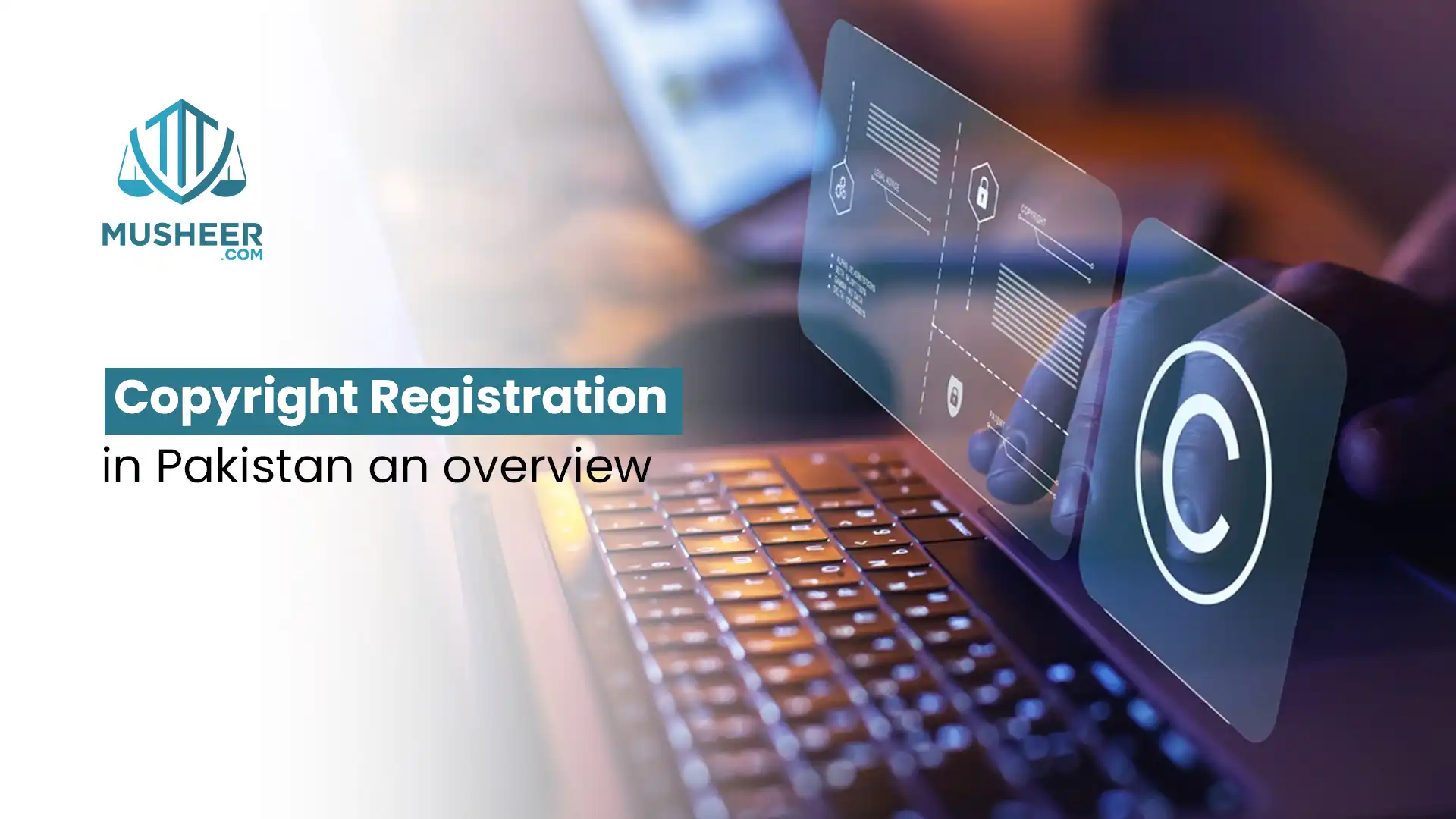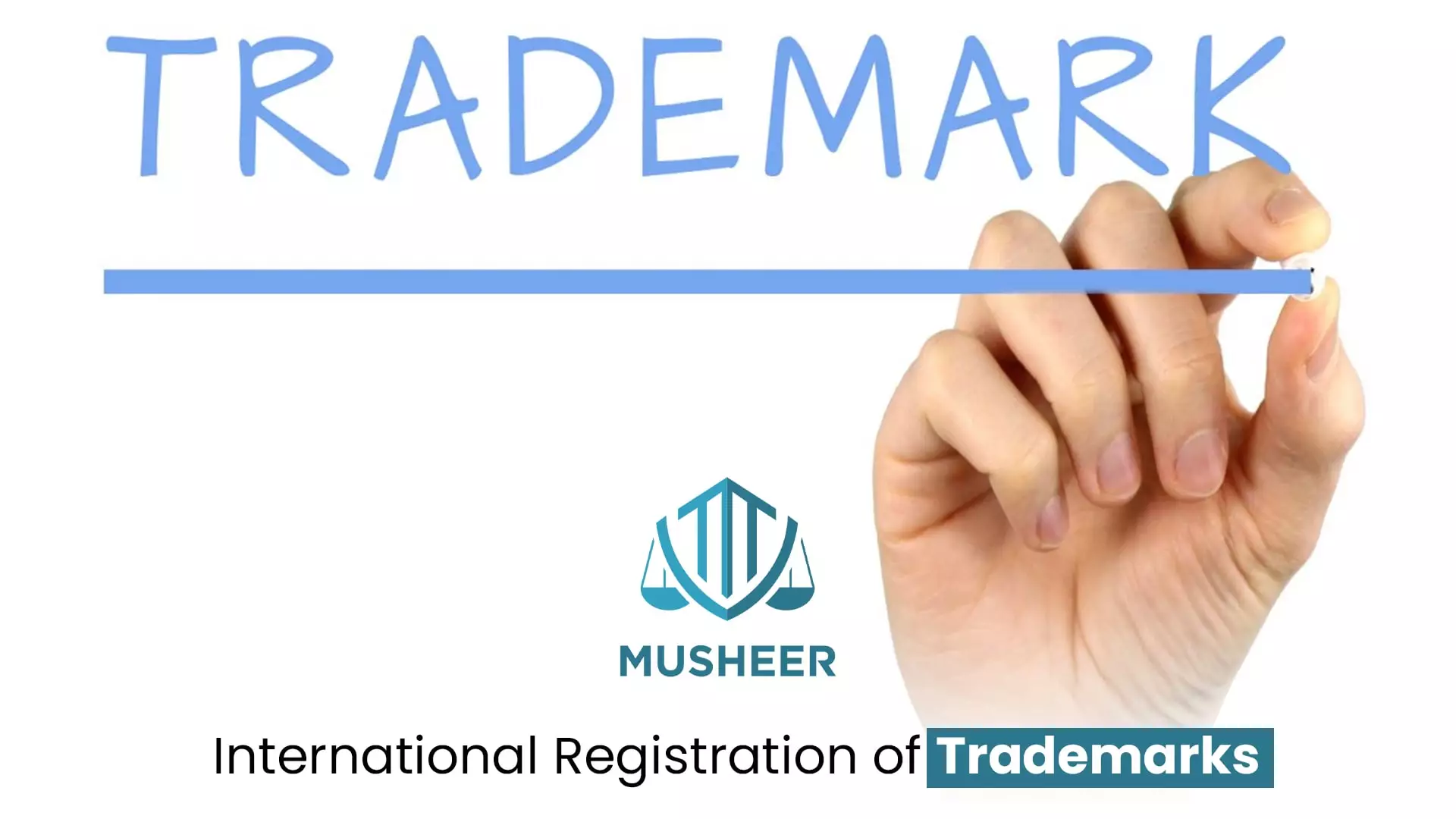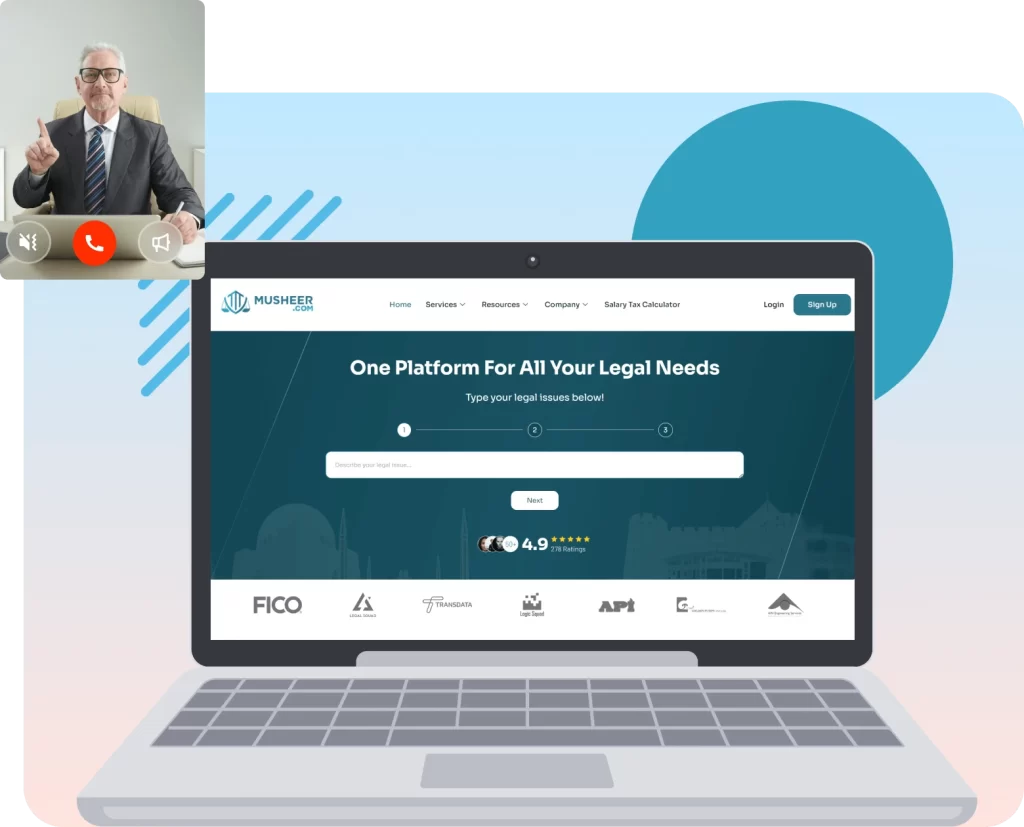In today's modern times, technology has taken over every aspect of life. Patents are valuable assets for any organization. The innovative strength of an organization is judged by its patenting operations and ability to protect its rights. After lengthy scrutiny of the invention's uniqueness, non-obviousness, and industrial usefulness, a patent is granted. This article explains the procedure to register a patent in Pakistan.
A patent issued by the Patent Office gives an inventor the exclusive right to create, use, and sell an invention. This exclusive privilege is only valid for 20 years from the filing date. The fundamental goal is to protect the innovations made and, as a result, prompt further development.
The procedure for patent registration in Pakistan is laid down in the Patents Ordinance, 2000, and the Patents Rules, 2003.
What inventions are patentable?
Under the patent law, an invention is patentable if it:
-
The novel does not form prior art, which essentially comprises everything disclosed to the public anywhere in the world.
-
It involves an inventive step not known to an expert before the date of an application for a patent.
-
It has industrial applications.
Procedure for Patent Registration in Pakistan
There are two different types of applications that can be made for a patent under patent law to register a patent which has various forms and procedures:
-
Ordinary Patent Application: A typical patent application filed per the patent law for patent registration in Pakistan.
-
Convention Patent Application: A convention patent application is made in Pakistan within twelve months after an application is made in a Convention country under the applicable patent laws to register a patent.
Step One: Conducting Patent Research
Before applying for a patent, it is advisable to conduct a patent search in the patent databases of the Patent Office. It is then filing Form P-27 (patent search application), along with the prescribed fee, to check for any possible conflicting patents or to see whether an invention is new compared to the prior art. After completing a thorough patent search and compiling a patentability report, the patent body may consider its design. The patent search discovers the closest prior art publicly available relevant to the invention. Based on the results obtained, the patent controller may give an opinion on the patentability of a story.
Step Two: Preparation of Patent Documents (Specification, Abstract, and Drawings)
The second step in registering a patent is to prepare a patent specification, which shall begin with the title of the invention and be signed and dated by the applicant or the patent attorney/patent agent. While a typical patent application may contain a complete or provisional specification, a conventional one must have the complete one. Where a provisional specification is provided through a standard application, the entire specification must be filed within twelve months from the patent application's date.
A patent specification can be structured in several ways. Still, certain features have to be present:
-
Title of the invention: The design's title indicates the plan's subject matter, which should be manageable and broad.
-
Description: The description shall contain a complete description of the invention and the details of how a design works, the exact components, systems, methods, etc. The description may have details as to the field of an invention and as to why the story is applicable or how it improves existing innovations.
-
Patent Drawings: Where the invention is capable of elucidation and presentation by drawings, then such graphics shall be provided per the patent law, which prescribes the technical particulars.
-
Claims: The claims section shall be at the end of the specification and contain the claims defining the scope of the invention for which patent rights are claimed.
Every complete specification is to be accompanied by an abstract, not usually more than two (2) pages, to give technical information which would contain the following:
-
Title of the invention: The abstract shall commence with the story's title.
-
Summary: The abstract is to contain a concise summary that indicates the technical field to which the invention belongs. A summary is drafted in a way that allows a clear understanding of the technical problem to which the invention relates and its principal use or uses.
-
Patent Figures: If the specification contains any patent drawings, the applicant will indicate on the abstract the figure that the applicant suggests should accompany the abstract. Each main feature mentioned in the abstract and illustrated by a drawing will be followed by the reference sign used in that drawing.
Step Three: Filing a Patent Application
For a typical patent application, two copies of the following forms, along with the relevant fees, are to be filed with the Patent Office:
-
Duly filled in application Form P-1 (in a case when the inventor is the sole or joint applicant) or Form P-1A (in a point when the inventor or inventors is/are not a party to the application and the application is being filed by assignee or company/organization etc.);
-
Duly filled in Form P-3A (in case of the complete specification provided) or Form P-3 (in case of provisional/incomplete specification provided); and
-
Duly filled Form P-28 for patent attorney/patent agent authorization, if any.
For a conventional patent application, two copies of the following forms, along with the relevant fees, are to be filed with the Patent Office:
-
Duly filled in application Form P-2 (in a case when an inventor is a sole or joint applicant) or Form P-2A (in a point when the inventor or inventors is not a party to the application).
-
Duly filled in Form P-3A (complete specification).
-
Duly filled Form P-28 for patent attorney/agent authorization.
-
Convention priority documents (if the document is in any other language, then the English translation verified by an affidavit is to be provided).
Step Four: Examination of the Patent Application
After a patent application with complete specifications, the Controller of Patents refers an application to an Examiner for making a report. He reports to Controller to determine whether patent law requirements have complied with the terms of the patentability of an invention based on the prior art. Suppose the Examiner reports that any patent law must have been adhered to. In that case, the Controller will allow the applicant to comply with such requirements and amend the application if necessary. Suppose the applicant re-files the specification and the Examiner is unsatisfied with the amendments. In that case, the applicant will be allowed to hear if the applicant requests.
The Controller may also schedule a hearing if considered desirable to do so. After hearing the applicant, or without a hearing, if the applicant has not attended or notified that the applicant does not desire to hear, the Controller may prescribe or permit such amendment as to the Controller's satisfaction. If the applicant fails to make such an amendment within the specified period, the Controller may refuse to accept the specification.
Step Five: Acceptance and Publication of the Patent Application
Upon the acceptance of a complete specification, the Controller shall give notice thereof to the applicant, advertise such approval in the official Gazette, and publish such favor in the patent's journal. Upon acceptance of the application, the application, the specification, and the priority documents, if any, Shall be open to public inspection. Within thirty days of receipt of the application's acceptance notice, the applicant will send a copy of the abstract of the complete specification 'as accepted' to the institutions mentioned in the Fourth Schedule of the Rules.
Step Six: Responding to any Opposition(s) against the Patent Application (if any is/are filed)
Any time within four months from the date of advertisement to acceptance of complete specification, anyone may give notice to Controller opposition whether to grant a patent as per Form P-7 and the prescribed fee on any of the grounds listed in section 23 of Ordinance. Where such a notice is given, the Controller shall notify the applicant of the opposition. An applicant may, after that, file a counterstatement in response to the opposition and deliver a copy to the opponent. An opponent may, within two months from receipt of the composition of the counterstatement, file evidence in support of the opposition and deliver a copy of the proof to the applicant. In response to the opponent's evidence, the applicant is to file proof in support of the counterstatement and deliver a copy thereof to the opponent within two months of the receipt of the opponent's evidence.
On completion of evidence, the Controller will schedule a hearing and send notices for such hearing to the applicant and the opponent. If either party desires to be heard, they will notify the Controller through Form P-8, along with the prescribed fee, within ten days of receipt of the notice for the hearing. After hearing parties, or if neither party desires to be heard, then without a hearing, the Controller shall decide the case and notify such decision the parties.
Step Seven: Grant and Sealing of a Patent
Within (i) the expiration of six months from publication of specification, or (ii) where opposition proceedings are pending, within three months after the final determination of proceedings, subject to directions of the Controller, an applicant is to request as per Form P-10, along with a prescribed fee, for the grant of a patent. Such request is to be accompanied by a copy of evidence of dispatch of abstract to institutions as mentioned in the Fourth Schedule of Rules. A patent sealed with the Patent Office's seal shall be granted to the applicant, and the date on which the patent is closed shall be entered in the patent register of the Patent Office.
After granting a patent to an applicant, the applicant shall have the patent rights as detailed in section 30 of the Ordinance, which includes preventing third parties from making, using, and selling the invention for which the patent is granted.







